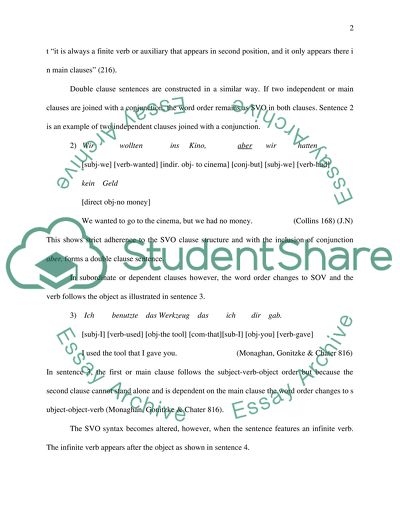Cite this document
(“German Syntax Essay Example | Topics and Well Written Essays - 2000 words”, n.d.)
Retrieved from https://studentshare.org/humanitarian/1572311-german-syntax
Retrieved from https://studentshare.org/humanitarian/1572311-german-syntax
(German Syntax Essay Example | Topics and Well Written Essays - 2000 Words)
https://studentshare.org/humanitarian/1572311-german-syntax.
https://studentshare.org/humanitarian/1572311-german-syntax.
“German Syntax Essay Example | Topics and Well Written Essays - 2000 Words”, n.d. https://studentshare.org/humanitarian/1572311-german-syntax.


